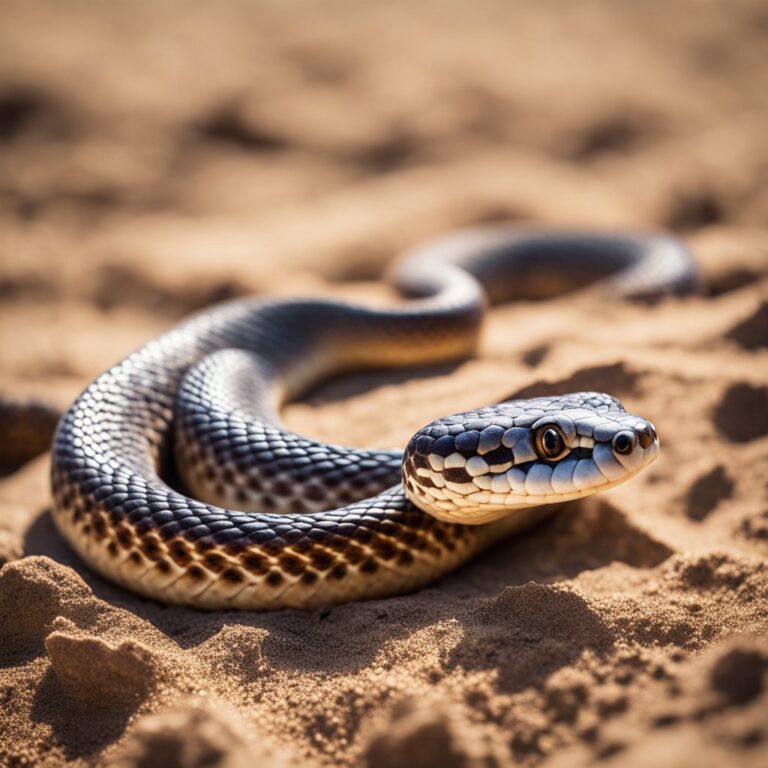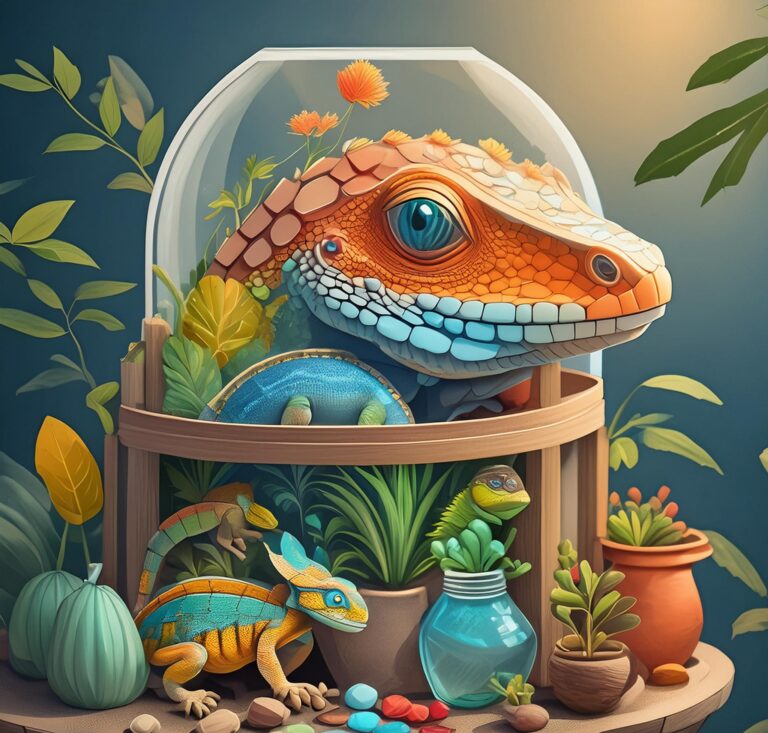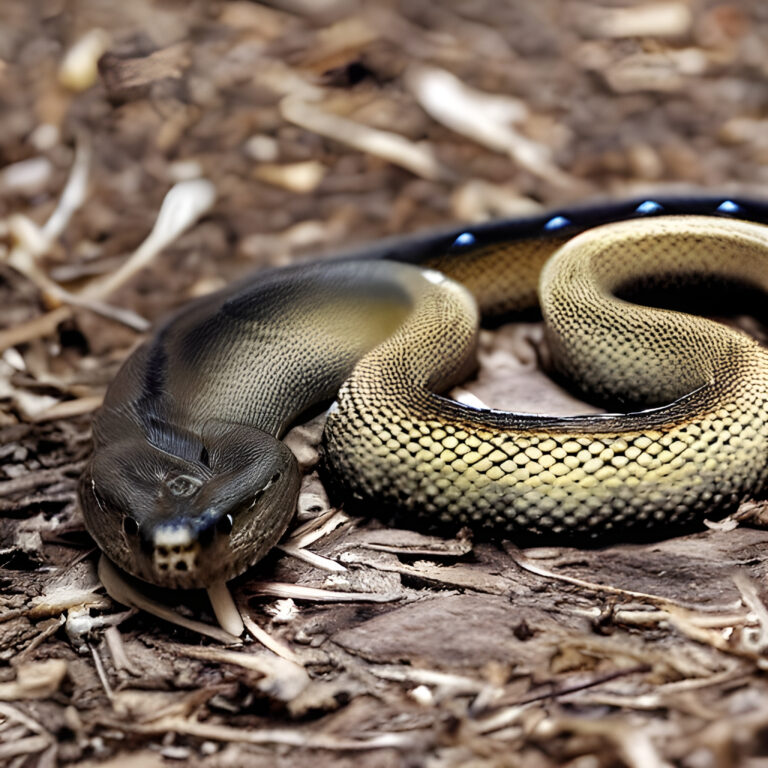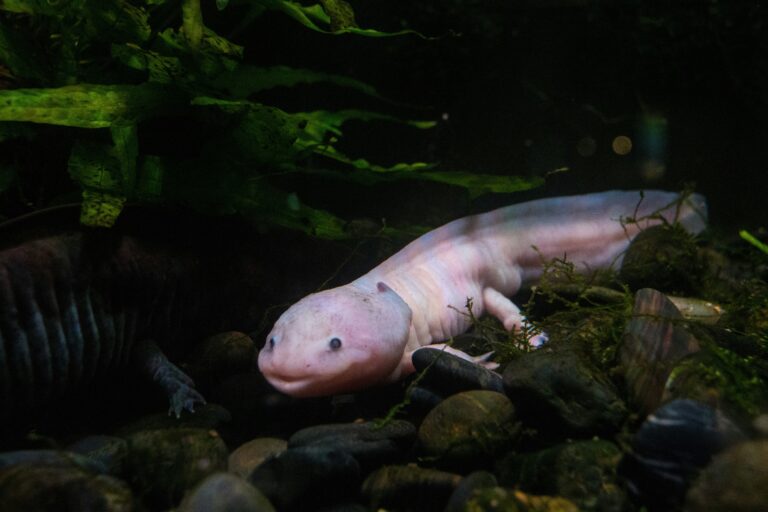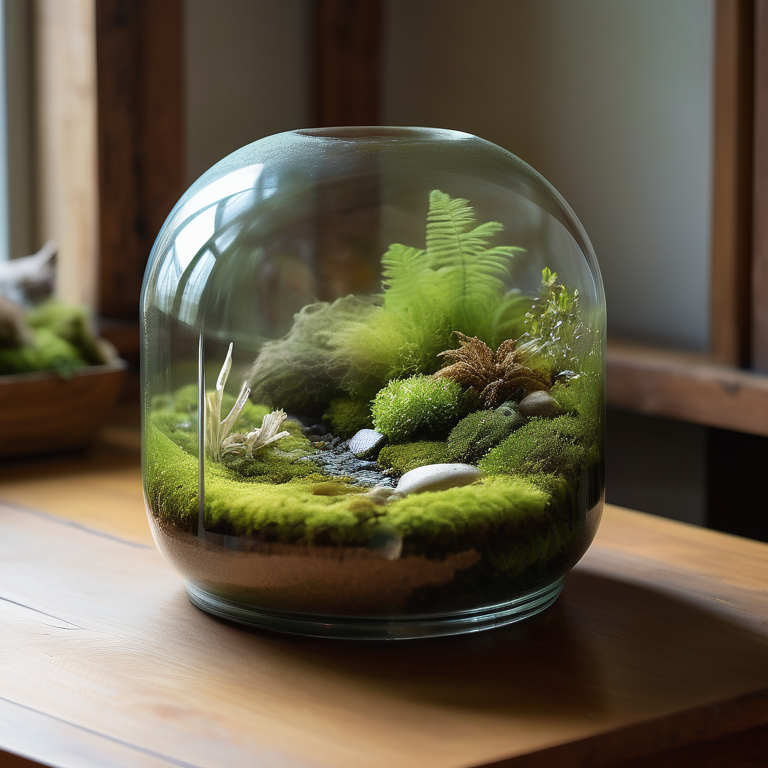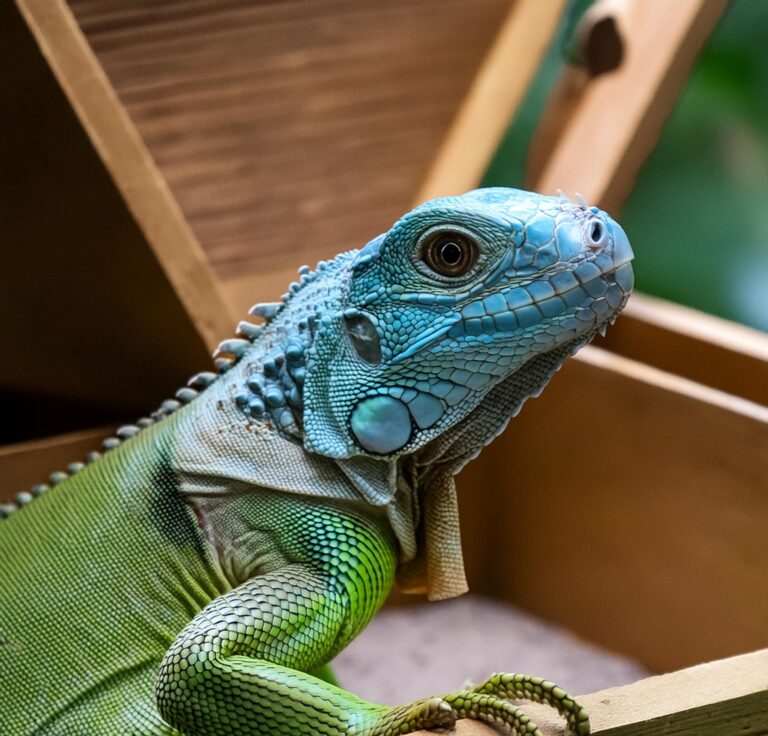The Secret Language of the Blue-Tongued Skink: Unraveling the Mysteries of this Colorful Creature
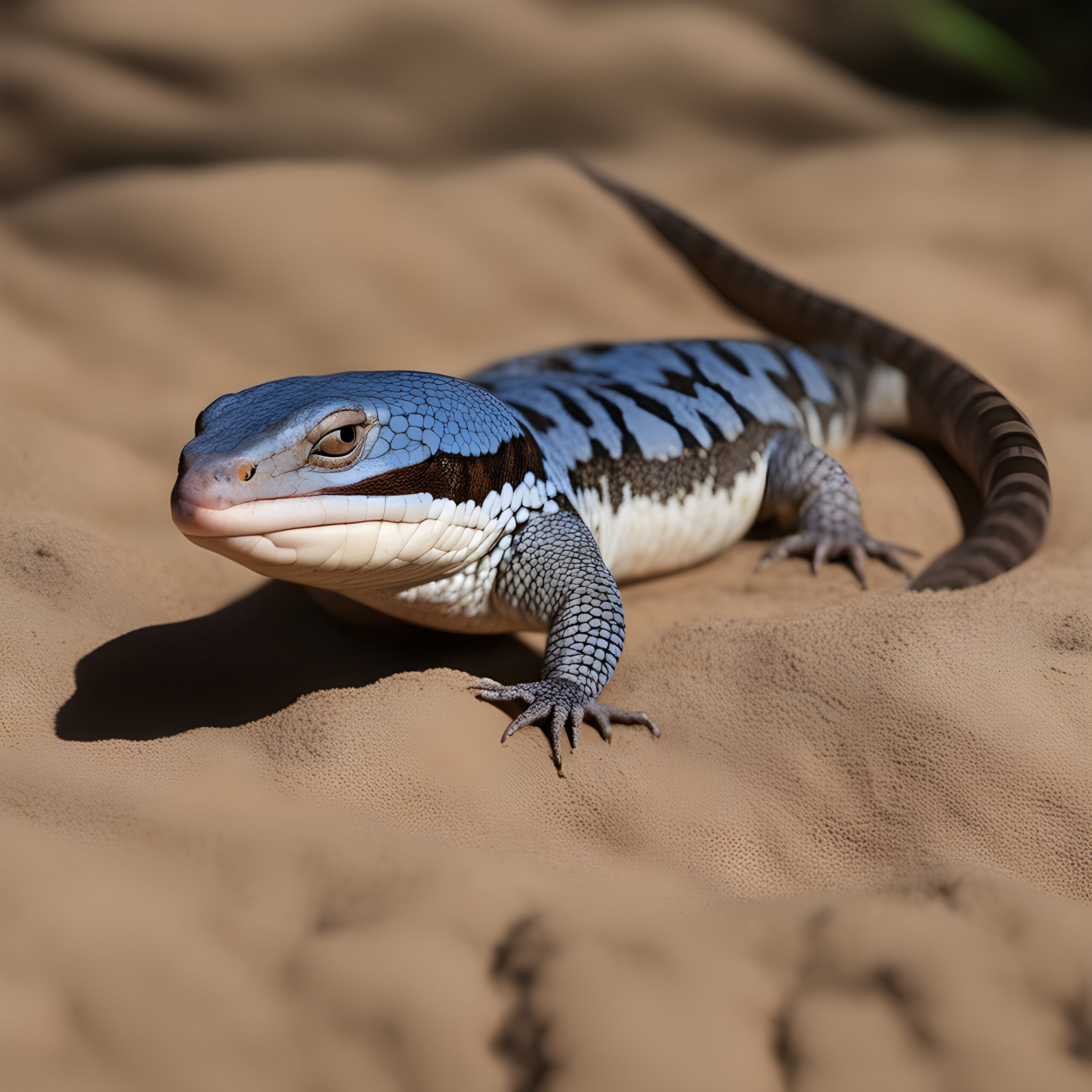
Introduction
The secretive world of the blue-tongued skink has long captivated nature enthusiasts and reptile lovers alike. With its vibrant blue tongue and distinctive colors, this fascinating creature has a secret language all its own, communicating through a variety of behaviors and physical displays. In this article, we will delve into the mysteries of the blue-tongued skink and uncover the hidden meanings behind its unique communication methods.
From head bobbing to tail flicking, the blue-tongued skink has a repertoire of signals that enable it to convey messages to other members of its species. We will explore how these signals are interpreted and decoded, shedding light on the social dynamics and hierarchy within their communities.
Furthermore, we will examine the significance of their stunning colors and patterns, discovering how they aid in both camouflage and intimidation. Through an exploration of their natural habitat and behaviors, we will gain a deeper understanding of the blue-tongued skink’s role in the intricate web of nature.
Join us as we unravel the enigmatic world of the blue-tongued skink and uncover the secrets behind its captivating language of color and behavior.
Physical Characteristics of the Blue-Tongued Skink
The blue-tongued skink is a reptile known for its distinctive physical features. With a medium to large size, reaching lengths of up to 20 inches, they have a stocky body and short legs. Their scales are smooth and glossy, giving them a unique appearance. One of the most striking features of the blue-tongued skink is its vibrant blue tongue, which it exposes during certain behaviors.
Their coloration varies depending on the species and individual, ranging from shades of brown, gray, and even orange. Some blue-tongued skinks have intricate patterns and markings on their bodies, further enhancing their visual appeal. These physical characteristics not only make them visually appealing but also serve important functions in their survival.
The blue-tongued skink is also known for its ability to shed its skin. This process helps them grow and regenerate, ensuring their continued health and vitality. Shedding occurs periodically throughout their lives, with the old skin peeling off to reveal a fresh and vibrant new layer underneath. This adaptation allows the blue-tongued skink to maintain its physical integrity and adapt to changing environmental conditions.
Habitat and Distribution of the Blue-Tongued Skink
Blue-tongued skinks are native to Australia, where they inhabit a wide range of habitats, from arid deserts to woodland areas. They are highly adaptable and can be found in various regions across the continent. These reptiles are known for their ability to thrive in both hot and cold climates, making them resilient and versatile.
In the wild, blue-tongued skinks can be found in rocky crevices, under fallen logs, and in leaf litter. They are excellent burrowers and will dig tunnels to seek refuge and regulate their body temperature. These hiding spots provide protection from predators and serve as a safe haven during periods of extreme weather.
The distribution of blue-tongued skinks varies depending on the species. Some are endemic to specific regions, while others have a wider range. Their adaptability and ability to survive in different habitats have contributed to their success as a species.
Feeding Habits and Diet of the Blue-Tongued Skink
Blue-tongued skinks are omnivorous reptiles with a diverse diet. In the wild, their diet consists of a combination of plant matter and small invertebrates. They are opportunistic feeders, consuming a wide variety of food sources depending on availability.
Plants make up a significant portion of their diet, and they will consume fruits, flowers, leaves, and even bark. This plant material provides them with essential nutrients and hydration. Additionally, blue-tongued skinks are known to feed on insects, snails, slugs, and other small invertebrates. This opportunistic feeding behavior allows them to supplement their nutritional needs and adapt to the availability of prey.
To capture their prey, blue-tongued skinks use their strong jaws and teeth to crush and consume their food. Their powerful bite enables them to break through tough plant material and prey items. This feeding behavior is crucial for their survival, ensuring that they have a diverse and balanced diet.
Reproduction and Life Cycle of the Blue-Tongued Skink
Blue-tongued skinks have a unique breeding system that involves courtship rituals and live birth. Mating typically occurs in the warmer months when the females are receptive. During courtship, males engage in elaborate displays to attract females. These displays include head bobbing, tail flicking, and body posturing.
Once mating is successful, the female will carry the developing embryos internally. Blue-tongued skinks are viviparous, meaning the embryos receive nourishment from the mother through a placenta-like structure. This adaptation allows for a higher survival rate compared to reptiles that lay eggs.
After a gestation period of approximately three to four months, the female gives birth to live young. The newborns are fully formed and capable of independent movement. They are miniature versions of their parents, with similar physical characteristics and markings. The mother plays no role in their upbringing, and the young skinks must fend for themselves from the moment they are born.
Communication and Behavior of the Blue-Tongued Skink
The blue-tongued skink employs a range of behaviors and physical displays to communicate with other members of its species. One of the most notable behaviors is head bobbing, which is used as a form of territorial display and dominance assertion. Males will often engage in head bobbing to establish their territory and indicate their readiness to mate.
Another behavior commonly observed in blue-tongued skinks is tail flicking. This rapid movement of the tail serves as a warning signal to potential predators. It is a form of distraction, aiming to divert the predator’s attention away from the skink’s vulnerable body. Tail flicking is also utilized during aggressive encounters with other skinks, signaling dominance or submission.
The blue tongue of the skink is another important aspect of its communication repertoire. When threatened or startled, the skink will open its mouth wide, exposing its vibrant blue tongue. This behavior is a warning signal to potential predators, indicating toxicity and discouraging further aggression. The bright coloration of the tongue serves as a deterrent, as predators associate it with danger.
In addition to these behaviors, blue-tongued skinks also use body posture and physical contact to convey messages. They may puff up their bodies to appear larger and more intimidating or engage in gentle nudges to establish social bonds. These varied forms of communication contribute to the complex social dynamics within the blue-tongued skink communities.
The Significance of the Blue Tongue: Warning or Camouflage?
The striking blue tongue of the blue-tongued skink has long been a subject of fascination and speculation. One prevailing theory is that the blue tongue serves as a warning signal to potential predators, indicating the presence of toxins or harmful substances. The bright coloration acts as a deterrent, deterring predators from attacking.
Another theory suggests that the blue tongue serves a camouflage function. When threatened, the skink may open its mouth wide, exposing the blue tongue. This sudden burst of color can startle and confuse predators, providing the skink with an opportunity to escape. The blue tongue acts as a visual distraction, allowing the skink to use its surroundings to hide and blend in.
More research is needed to fully understand the significance of the blue tongue and its role in the skink’s survival. However, it is clear that this unique adaptation plays a crucial role in deterring predators and ensuring the skink’s safety in the wild.
Common Myths and Misconceptions about Blue-Tongued Skinks
Blue-tongued skinks have been the subject of various myths and misconceptions over the years. One common misconception is that they are venomous. While the blue-tongued skink does possess toxins in its saliva, it is not venomous. The toxins serve a defensive purpose and are harmless to humans unless ingested in large quantities.
Another myth surrounding blue-tongued skinks is that they require high levels of humidity to thrive. While it is true that they require some level of humidity, they are adaptable and can tolerate a wide range of conditions. It is important to provide a suitable habitat with proper temperature, humidity, and lighting, but excessive humidity can actually be detrimental to their health.
Additionally, there is a misconception that blue-tongued skinks are aggressive and difficult to handle. While they can be defensive when threatened, they are generally docile and can become accustomed to human interaction with proper handling and socialization. It is important to approach them with care and respect to ensure their well-being and minimize stress.
By dispelling these myths and misconceptions, we can better understand and appreciate the true nature of the blue-tongued skink.
How to Care for a Blue-Tongued Skink as a Pet
Blue-tongued skinks have become popular pets among reptile enthusiasts due to their unique appearance and docile nature. However, proper care is essential to ensure their well-being and longevity.
When considering a blue-tongued skink as a pet, it is important to provide a suitable habitat that mimics their natural environment. This includes a spacious enclosure with proper temperature gradients, lighting, and hiding spots. Blue-tongued skinks also require a balanced diet consisting of both plant matter and protein sources, such as insects and commercially available reptile food.
Regular veterinary check-ups are crucial to monitor their health and address any potential issues. Blue-tongued skinks are susceptible to diseases and parasites, so it is essential to maintain good hygiene and provide a clean living environment.
Proper handling and socialization are also important aspects of caring for a blue-tongued skink. They should be handled gently and with care, allowing them to become familiar with human interaction over time. With patience and consistency, blue-tongued skinks can become rewarding and fascinating companions.
It is crucial to research and consult with experts or experienced reptile owners before bringing a blue-tongued skink into your home. Understanding their specific needs and providing appropriate care will ensure a happy and healthy life for your pet.
Conclusion: Appreciating the Unique Nature of the Blue-Tongued Skink
The blue-tongued skink is a captivating creature with a unique language of color and behavior. From its distinctive physical characteristics to its intricate communication methods, this reptile holds many mysteries waiting to be unraveled.
Through a deeper understanding of the blue-tongued skink’s habitat, feeding habits, reproduction, and communication, we gain a greater appreciation for its role in the natural world. By dispelling myths and misconceptions, we can better care for this species, both in the wild and as pets.
Let us continue to explore and celebrate the wonders of the blue-tongued skink, recognizing its beauty and significance in the intricate tapestry of life on Earth.
Must Read: Unveiling the Truth: Can Blue Tongue Skinks Huff?
